Zero, or more precisely ZERO, suddenly appeared on the screen in bold letters in the Toy Machine video Welcome to Hell followed by a short introduction of a new shirt brand, which should transform into a board company pretty soon. After skateboarding was plagued by slowly executed, over-technical tricks in the early ‘90s, all of a sudden some mosh dudes showed up and skated gaps and rails with a naturalness that was never seen before. With Jamie Thomas himself leading the way. Zero represented rough skating with balls of steel and, henceforth, everybody was wearing black hoodies and studded belts and jumped on the craziest handrails. With two videos the little garage company changed skateboarding and became one of the hottest brands around the turn of the millennium. But at some point there were new little brands, which brought along another change, and you didn’t hear that much from the company out of Carlsbad anymore. Nevertheless, 20 years after it was founded, it still reliably delivers hammers for the hesh army.
When you work underneath someone and you see how the company works and you gain more confidence in your abilities and what you have to offer, at some point you wanna explore if you have what it takes to do what your predecessor was doing. You want to exercise that curiosity and motivation on your own project. I was doing so much for Toy Machine that I felt like, this is great, I’m learning, I have a great team and we’re doing all this fun stuff, but it’s not my project. And I think early on I realized that I really want to do my own thing.
Well, not really. I was only 21 years old. I did know the basics, I knew how I wanted it to look different, I knew I wanted it to be very bold and somewhat raw and kind of a lot more about rock ‘n’ roll and punk rock. When I started Zero, besides Toy Machine and a few other brands, skateboarding was pretty boring. Everybody was doing the same thing and dressed the same. Toy Machine was all about Ed’s [Templeton] art. I felt like I could do something in the same vein as that, but it wouldn’t be Ed’s art, but it could have a similar aesthetic, similar music. I gotten a lot of positive response from Welcome to Hell and that video was kind of my vision of what I felt how a brand should be presented. So it encouraged me to think that people like what I want to create and tried to create a brand that has a similar feeling. Really all I knew how to do was to make videos. So I basically took that element and made it the primary element of Zero, and learned the rest of it.
Obviously I was inspired by music like Misfits, Dead Kennedys, and Black Flag as well as classic rock like Black Sabbath and Led Zeppelin but also military iconolatry, military logos, and stuff. Just the simplicity and boldness of that. I mean, you’re from Germany, but the swastika and the emblems and icons that the Nazis used, those are some of the most powerful icons. Not because they used them in a overly powerful way, just because they’re so bold. I know that they’re tainted now forever and no one can really use those, because everyone’s constantly reminded of Nazis and what Hitler did, but the artwork that was created there, the avant-garde style stuff, I was always inspired by all that stuff. Not that I ever wanted to replicate it or make anyone feel like we had Nazi stuff, but just that military artwork. The Zero logo on a sweatshirt is called the Zero Army Logo and the reason for that is, it’s based on a U.S. Army logo and the Army font. It’s based on a T-shirt that you get when you join the Army. That was the first Zero tee, and the first Zero garment was that zip hood that says Zero. It’s just super basic and skateboarding at that time was no logos and kind of preppy. It was all about polos and Ralph Lauren. I just wanted to get back to skateboarding’s raw roots. Skull Skates and stuff from the ‘80s. That’s what inspired the brand in the beginning, but now it can be anything, just a billboard I saw, a person I meet, a doodle on a bathroom wall. You’re constantly inspired and some of my friends like Chad Muska create art and they’re inspiring.
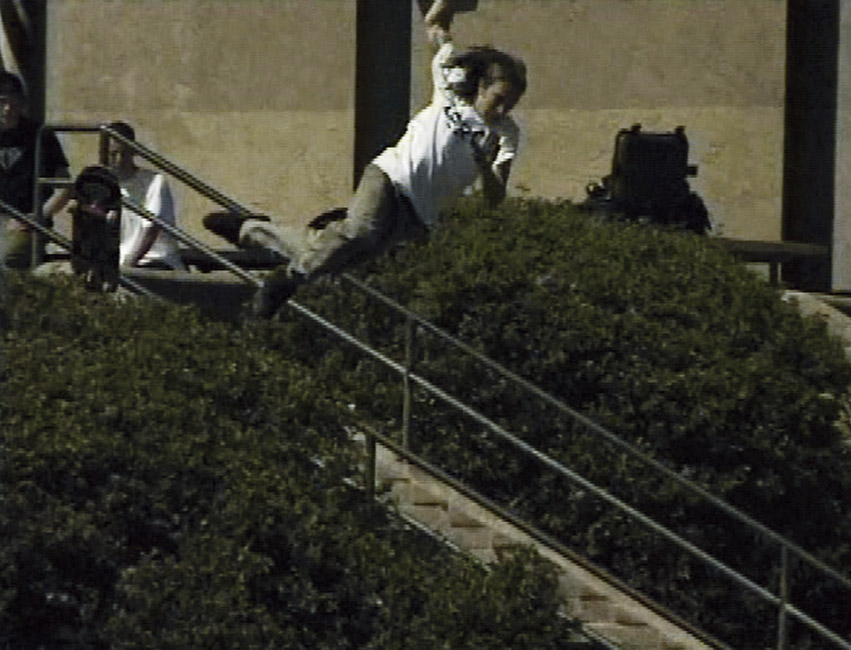
That’s exactly what it meant, but that’s not where it came from. Andy Howell used to have a clothing brand called Zero Sophisto that he did in order to carry out some of his political beliefs. I rode for Zero Sophisto in the mid ‘90s and right after I got on, he dropped the Zero part and just went with Sophisto and started making very clean apparel. It was very much a departure from the political stuff and I was a little bit let down. Over time I started feeling like a disconnect with myself riding for the brand, so I approached him with the idea of starting a division of clothing that would be called Zero and it would be the alternative to his clean polo looking stuff and we can make more of the raw political vibe. He thought it was kind of a cool idea, but he didn’t feel he had the means or the abilities to do it. So I got really turned up on the idea and liked that Zero on its own was more about the underdog and it was more embracing that outsider vibe of skating, which is something I always identified with. Cause I grew up in a small town and that’s how I always felt. I asked him if it would be okay, if I pursuit the project. Then I went to Tod Swank at Tum Yeto and asked him what he thought about the idea and he loved it and backed it and I started it off as a small clothing division of Toy Machine. The original labels said Toy Machine Zero Division.
Kind of, because I didn’t know anything about graphic design. Ed had the art and the creative vision because it had been a part of his life for so long. But art and creating graphics was so new to me. People really like the old stuff just because it represents where they were at when it came out. But some of it is a little embarrassing.
We had a graphic designer, Dave Lively, that helped a lot in the early days and he taught me Illustrator and taught me graphic design. I was doing the direction. I wasn’t executing, but I was conceptualizing and coming up with the ideas. To be honest, I didn’t really know what I was doing, I was experimenting. It took around till the early 2000s that I finally got my real understanding for graphic design and art direction.
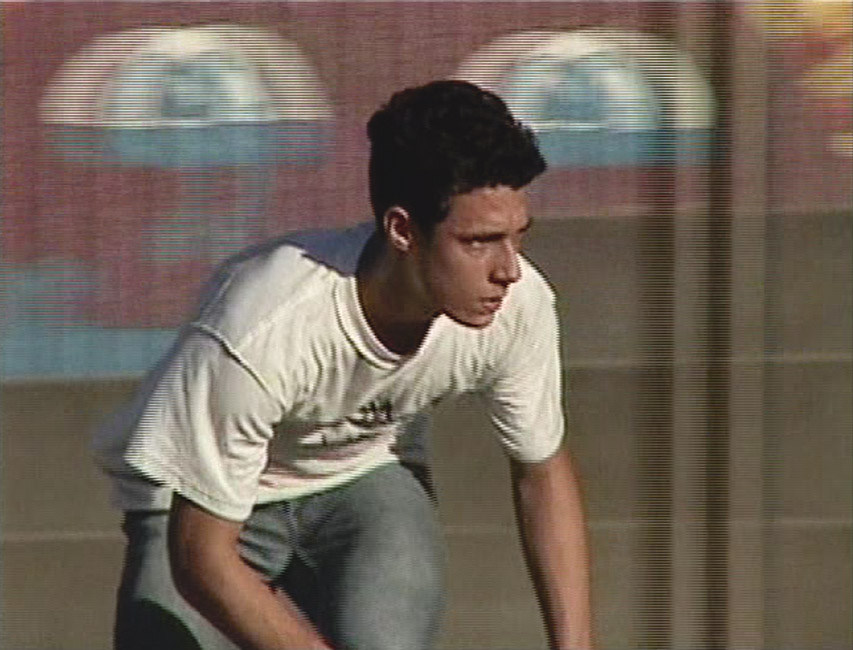
I think the passion behind it, the team riders, and the fact that it had a very strong underdog message. I feel like most of the skateboarders in the world are underdogs and they can relate to that message. We were like the sleeper – no one expected anything from us. In the beginning I used to write “Come see us suck” at the demos cause I wanted to keep the expectations low.
I think I was certainly hearing other people talk about it. Other companies and other people telling me that it’s great and doing good and I didn’t even know if it’s doing good. I was just focused on making cool stuff and trying to film and work on videos. I never really started a company to be successful, I just wanted to do it because I had the passion for it. I always was kind of surprised when it actually was doing well. We went into it and the riders didn’t get paid much and we were living on a shoestring budget and then all of a sudden it was a big brand, it was kind of weird.
"I never really started a company to be successful, I just wanted to do it because I had the passion for it. I always was kind of surprised when it actually was doing well."
During those times skateboard videos didn’t sell, because skateboarding was still pretty small. It got really big with the X-Games and Tony Hawk’s Pro Skater and a lot of outside factors. We probably sold 25.000 copies of Misled Youth, but we sold 50.000 of Dying to Live. And we had no mainstream distribution. I heard Birdhouse sold 100.000 of The End. I think they went for a much more of a mainstream play, they were at Best Buy, they were everywhere. We just sold them to whoever wanted them, skate shops, and distributors. That’s a lot of videos, but I think we probably even sold less than Welcome to Hell.
Yeah, I think Misled Youth was the golden era of Zero. In Thrill of it All we were just getting started. In Misled Youth we found our group and the creative direction and the music and everything was coming together. There was some new team riders coming into their own and they were really exciting – Jim Greco and Erik Ellington. Misled Youth was the golden era, but I think that Dying to Live was probably a better video because there was so much more skating in it. We actually had a budget and we traveled the world, the parts were longer, they were more complete – but we weren’t as young as we were in Misled Youth and the company wasn’t so young. We’d already done some stuff and when I did Misled Youth, I was still figuring out how to make videos. It has some raw, quick cut quality and ended up being kinda cool in some weird way.
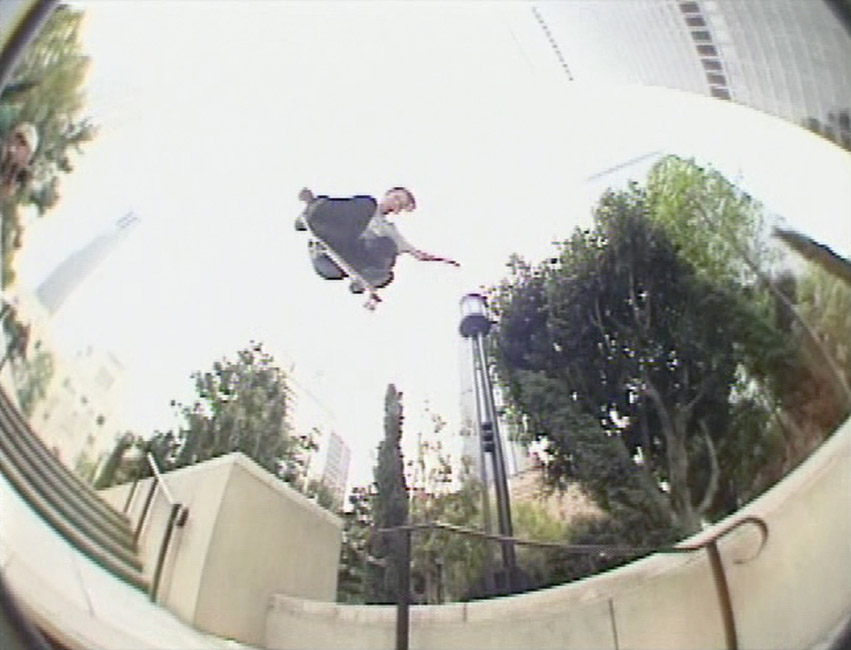
I heard about that a lot, but I don’t know. It’s hard to think about your own influence.
I think the eras are wrapped up by the videos and who rode for the team during those videos. With some of the eras it’s strange, because I wasn’t even really that involved. For example the Strange World era, which was Jamie Tancowny, Marisa Dal Santo and Keegan Sauder – I barely had any tricks in that video and I wasn’t traveling with the team. I was fully working on the Fallen video.
Kind of, but the image of the company is dictated by the videos and the graphics we make. The tough part I found is that when it gets really popular, some of the graphics that myself and the team riders don’t necessarily like ended up becoming really popular. Then there was like the most commercial aspects of the brand became popular and that did change the image a little bit. It almost seemed like a mall brand for a little while. Just because it was so popular in the mall. I purposely canceled a lot of the graphics that were doing really well in the mall and we took a huge hit on sales, but I didn’t want to sacrifice the integrity of the brand for mall sales. That’s the only time where the image of the brand got away from the vision.
The Bible Verse was the most demanded board. It was only out for a year and the Smith Grind board was out for six years, so the Smith Grind board, even though the Cross board was more popular when it came out, sold more units than any other board. It’s depending on the context of how the question was asked. In that interview I said that a board that no one wanted me to make became one of my best selling boards.
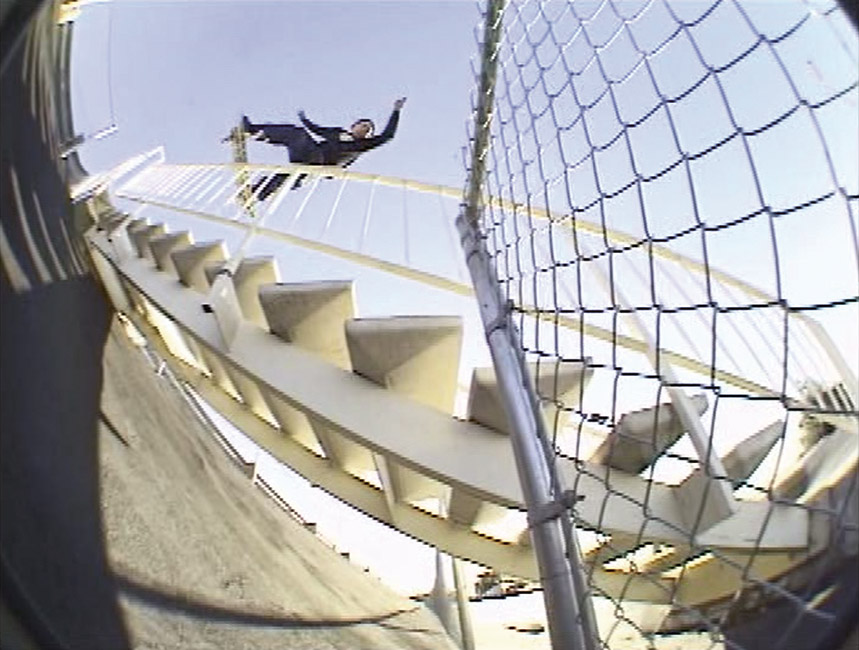
I think a lot of Zero is about the history and the nostalgia of the brand. That’s attracting people to it and keeps the heritage going. I’ve always kept those first boards we made in the line cause I think it’s a reminder where we’ve come from and also we don’t stray too far from that. We can always see those boards next to whatever we’re making now and it’s almost like a mission statement in graphical form. It’s a reminder of the simplicity of what our brand was founded on and that we shouldn’t get too far from that. We can deviate here and there and keep things interesting and exciting, but it’s really about the simplicity of skateboarding and the bold imagery Zero was founded on. Ironically, 20 years later the Zero Single Skull, the Bold boards, and American Zero are our best selling boards.
You used to have only three or four things you needed to think about. It was basically product releases, what your big marketing push was for the year, and who your team was. And now you have to think about 300 things. Every little details matters, the way you release things and how many you’re making and where you make them. The social media aspect is a constant maintenance. Everyone’s attention spans have gotten so short that they just want constant input. And then everyone can communicate with you now, too. You have direct feedback immediately. To decide between two colors of a board graphic, you can put them both on Instagram and be like: “Hey, which one do you like best?” You can ask the customer right there. You used to not have that at all and just had guessed and a year later you’d be like, “Oh, that one did better.” It’s a lot more work now. My to-do list used to be a to-do list a week. Now I have to do 50 things a day or I’m blowing it.
I always looked for guys that were self-motivated. Basically guys that would film a full video part for their sponsor-me video. If they were willing to torture themselves for the hope of getting sponsored, then they’re willing to go through everything it took from start to finish to finish a video part.

Well, every time I talk to Chad Muska, I ask him to ride for Zero. [laughs] I think back in the days I asked Leo Romero to ride for Zero. I’ve always been really hyped on Leo. But most of the guys who have ridden for Zero, it’s all come about in a certain way. There’s not anybody that I really wanted to ride for Zero that ended up not.
I think it’s a cycle for one. And once everyone had access to all the information, people feel the bigger a brand the more played out it is, and the smaller brands there’s more scarcity to the product, it’s harder to get. And there are still people coming up with new ideas.
"Maybe when I’m 60, I won’t be able to grind handrails, but I’m 42 and I’m still grinding handrails and jumping down stairs."
I think it was time. I think it was hard for the fans, but the brand was already going through pretty big transitions and it wasn’t like he was gonna save the brand from these transitions. When you’re a twenty-year brand, you go through the ups and downs of everything. You can have great team riders and still go through down periods. Girl’s a perfect example. They had an amazing team the entire 20 years, but you go through down periods. We were in a down cycle. When Cole and I talked about the potential of him leaving, it just seemed it was the right time. He wanted to do his own thing, our relationship kinda run its course. We weren’t talking that much anymore. He wasn’t skating with the team, he had a different schedule and a different thing that he was on. They were bummed that he wasn’t a part of what they were doing and he was bummed that he wasn’t part of it, so it kind of was time.
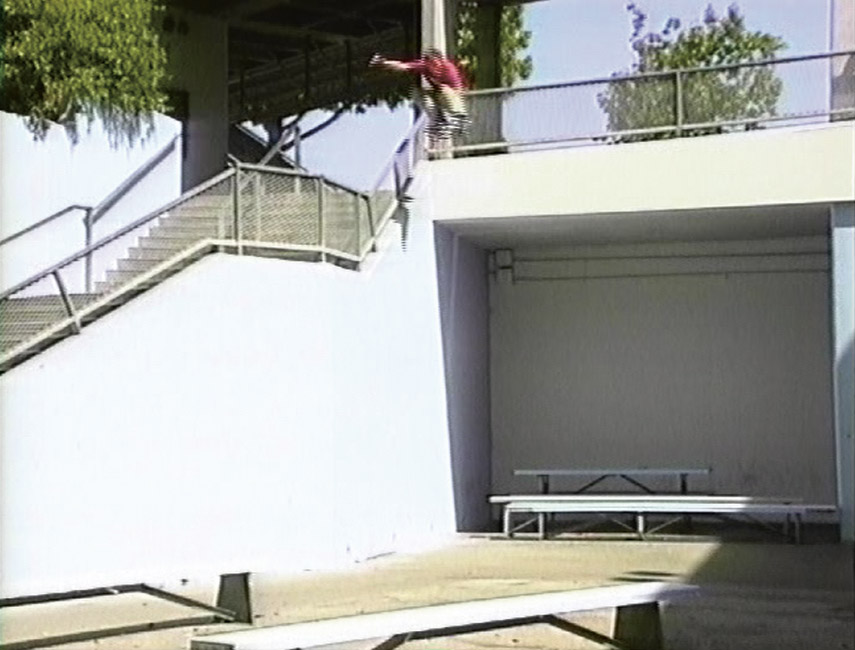
It depends on how much work I have on my plate, but recently I go to the park two days a week and skate in the streets one day on the weekend. I started to make a work schedule where I work very seriously Monday, Wednesday, Friday and on Tuesday and Thursday I try to hang out with team riders, maybe going to the park, maybe filming, and I try not have anybody depend on me on these days. I used to not have a plan, I used to just work all the time and skate when I could, but that doesn’t really work. I end up working way too much and skating way less because skating can’t speak for itself, but everybody that you’re working with will ask you, they need this, they need that. So when I filmed that Cold War part two years ago, I set up that schedule. That gave me a day off to rest between each day and then on Saturday I could go really hard and get two days off before my next skate day.
Maybe when I’m 60, I won’t be able to grind handrails, but I’m 42 and I’m still grinding handrails and jumping down stairs. I mean I can’t do it as easily and as pain free as when I was younger, but if you keep skating and keep falling down then you can stay in shape for this type of skating. If you ever stop falling down, it starts to hurt, but I try to fall down every other day as much as I can. I know it sounds weird, but when I go to the skatepark, I don’t think about how not to fall. I just try the tricks I wanna try and I try to keep falling regularly, so that feeling never goes away and starts feeling foreign. If you fall one day a week, it hurts. But if you fall three to four days a week, you’re used to it. So every time I go skating, I try to make sure I’m skating hard enough to fall. I usually try and fall five or ten times. I know that sounds kinda weird, but I wanna push myself, so I’m not making every try and I’m having to get out of stuff and roll out.
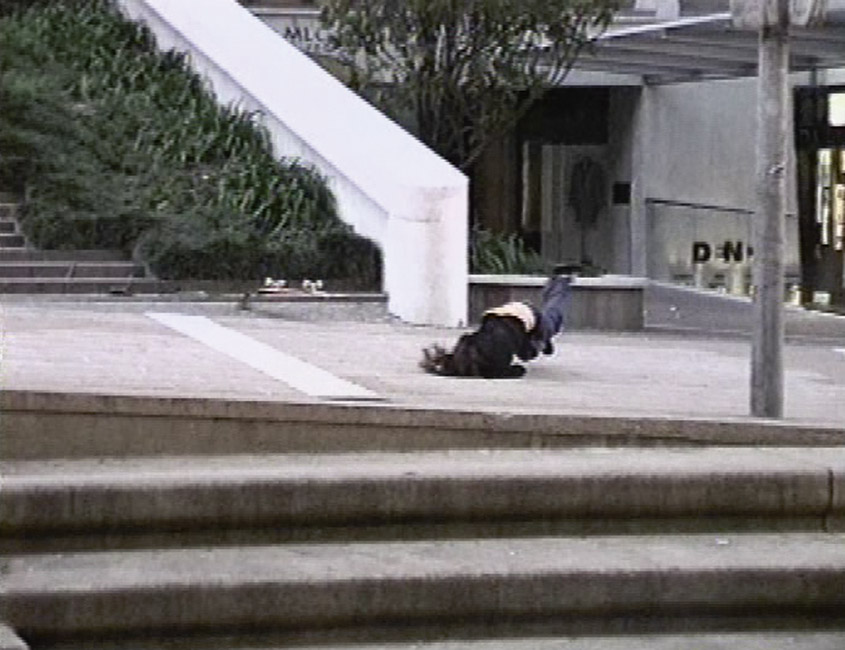
I think it’s continuing the legacy of the past and combining it with new team riders and artists that we feel inspired by today to have half the line very traditional Zero and then have some new art. I don’t ever wanna get stagnant where we only do what we used to do. Even though it doesn’t always sell that good, I just feel like we need to be evolving as a brand and I wanna continue doing new stuff. There’s gotta be a thread that ties all the graphics together, but I really wanna continue to evolve. And then team riders, that’s a constant evolution as well. Franky Villani and Chris Wimer, the two new guys on the team, they’re a combination of new and old Zero.
Yeah, Zero has always been the one that’s closest to my heart because it was the first project I ever started. I started other projects to help give opportunities to others and continue to progress what we’re working on as a distribution, but I found that all those projects were fun and it was great to work with those team riders, a lot of those things took away from Zero and my ability to focus on it. As bitter sweet as it is to say goodbye to some of those companies, it’s been really refreshing to be able to have the headspace and the time to be able to work on Zero like I could have in order to see Zero reach its potential.
Things were changing at Blackbox and it was the end of that era and I really wanted to find a home for Zero and Fallen, so they could get the support they needed from the backend and I didn’t want to deal with logistics anymore, with manufacturing and distribution. I just wanted to get back to the creative and the marketing side of the brand. I didn’t start it, because I love selling things. I started it because I love creating things. For Zero now we’re trying to figure out what’s next. Dwindle’s been a great partner, it’s an amazing company with amazing people, but we have to decide if it’s gonna be best for Zero to stay there, or maybe being independent would be best for it. So we’re trying to figure that out right now and we’ll work with them on the transition, whether we stay there or whether we move on. We’ll see where it goes. [Zero has parted ways with Dwindle in the meantime, editors note] Right now we’re a small brand and they have a big distribution, sometimes when you’re small, the best thing is to be small and to act quickly and be nimble. As a part of a bigger distribution, it’s harder to do that.
